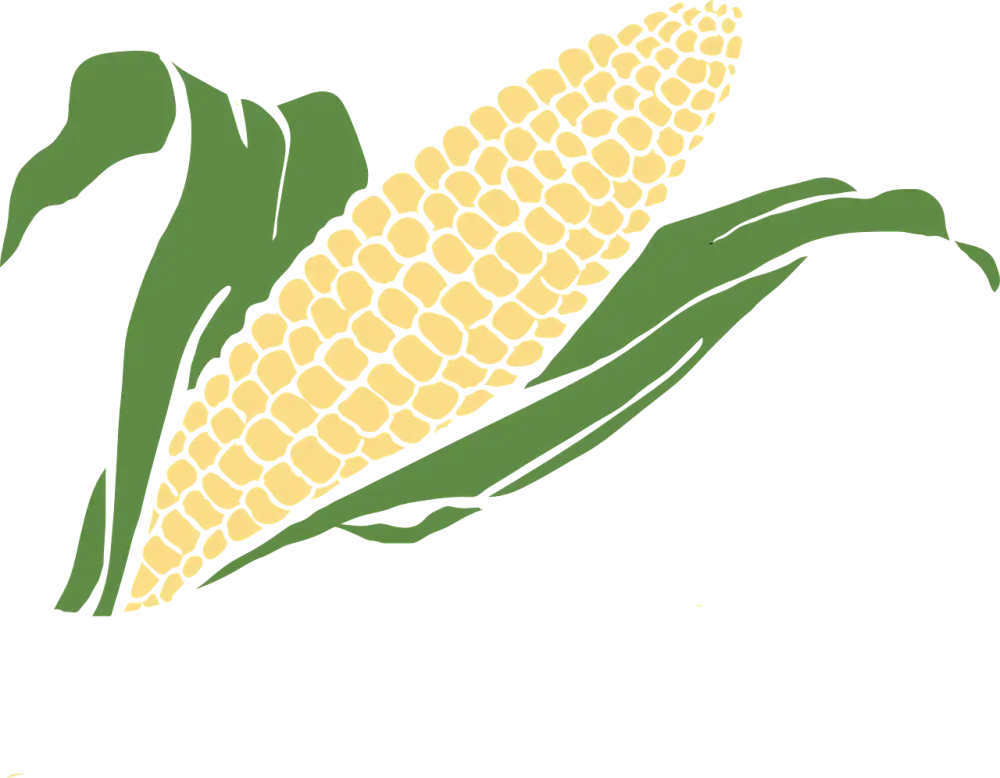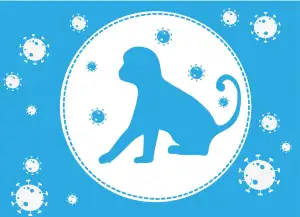Exploring the Surprising Phenomenon of Eating Corn Starch: Understanding Pica and Its Health Implications

Pica, a disorder characterized by the persistent craving and consumption of non-food items, has been linked to the consumption of corn starch. While corn starch is commonly used as a thickening agent in cooking and baking, some individuals develop an unusual desire to eat it in its raw form. This behavior can be puzzling and concerning, as it poses potential health risks. In this article, we will explore the phenomenon of pica and delve into the risks and effects of consuming corn starch for one's health.
Understanding pica as a medical condition
Pica is a medical condition characterized by the persistent craving and consumption of non-food substances, such as corn starch. It is often associated with nutritional deficiencies, particularly iron and zinc. Pica can affect people of all ages, but it is most commonly observed in children and pregnant women. The exact cause of pica is unknown, but it is believed to be a combination of genetic, environmental, and psychological factors. Individuals with pica may have an altered sense of taste or texture preferences, leading them to seek out and consume non-food items like corn starch. Understanding pica as a medical condition is crucial in order to provide appropriate support and treatment for those affected by this disorder.
The potential risks and dangers of consuming corn starch
Consuming corn starch can pose potential risks and dangers to one's health. While it is generally considered safe in small amounts, excessive consumption can lead to various health issues. One of the main concerns is the risk of nutrient deficiencies. Corn starch lacks essential nutrients like vitamins, minerals, and fiber, which are crucial for maintaining a balanced diet. Over time, relying on corn starch as a primary source of nutrition can lead to malnutrition and related complications. Additionally, consuming large quantities of corn starch may cause digestive problems such as bloating, constipation, and diarrhea. It can also contribute to weight gain due to its high carbohydrate content. Furthermore, the excessive intake of corn starch may increase the risk of developing diabetes or exacerbate existing conditions. It is important to be aware of these potential risks and consume corn starch in moderation while prioritizing a diverse and nutrient-rich diet.
Nutritional value of corn starch and its impact on the body
Corn starch is a common ingredient used in cooking and baking, but it offers little nutritional value. It is primarily composed of carbohydrates and contains no protein, fat, vitamins, or minerals. When consumed in large quantities, corn starch can lead to an imbalance in nutrient intake and potentially cause deficiencies. Additionally, the high carbohydrate content can contribute to weight gain and increase the risk of developing chronic conditions such as diabetes and heart disease. It is important to prioritize a balanced diet that includes a variety of nutrient-rich foods for optimal health.
Tips for managing pica and seeking professional help
When it comes to managing pica and seeking professional help, there are a few key tips to keep in mind. Firstly, it is important to recognize that pica is a medical condition and should be treated as such. If you or someone you know is experiencing cravings for corn starch or other non-food items, it is crucial to consult with a healthcare professional.
A doctor or mental health specialist can help determine the underlying cause of pica and develop an appropriate treatment plan. This may involve therapy, medication, or a combination of both. It is essential to follow their guidance and attend regular check-ups to monitor progress.
Additionally, it can be helpful to seek support from friends, family, or support groups who understand what you are going through. Sharing experiences and coping strategies with others who have dealt with pica can provide valuable insights and encouragement.
It's also important to create a safe environment by removing access to non-food items like corn starch. This may involve keeping these items out of sight or finding alternative activities to distract from cravings.
Remember, managing pica takes time and patience. It's essential not to blame yourself or feel ashamed about having this condition. With the right support and professional help, it is possible to overcome the challenges associated with pica and lead a healthier life.
Alternative ways to satisfy cravings for corn starch
When it comes to managing cravings for corn starch, there are alternative ways to satisfy your desires without putting your health at risk. One option is to try consuming foods that have a similar texture, such as rice cakes or puffed grains. These can provide a satisfying crunch without the potential dangers of consuming pure corn starch.
Another approach is to explore different flavors and textures in your diet. Experiment with new fruits, vegetables, and spices to add variety and excitement to your meals. This can help distract you from the craving for corn starch and provide a healthier alternative.
Engaging in physical activities or hobbies can also be effective in diverting your attention away from cravings. Exercise releases endorphins, which can help reduce cravings and improve overall well-being.
If you find it difficult to manage your cravings on your own, consider seeking support from a healthcare professional or joining a support group. They can provide guidance and strategies for overcoming pica behaviors in a safe and healthy manner.
Remember, it's important to prioritize your health and seek professional help if needed. By exploring alternative ways to satisfy cravings for corn starch, you can promote a healthier approach to managing pica behaviors while still enjoying a diverse range of food delights.
In conclusion, it is important to promote a healthy approach to managing pica and its associated behaviors. Understanding the risks and effects of eating corn starch can help individuals make informed decisions about their dietary choices. It is crucial to seek professional help if you or someone you know is struggling with pica. Treatment options are available that can address the underlying causes of this condition and provide support for managing the urge to consume non-food items. By taking proactive steps towards managing pica, individuals can prioritize their health and well-being.
Published: 07. 01. 2024
Category: Health



